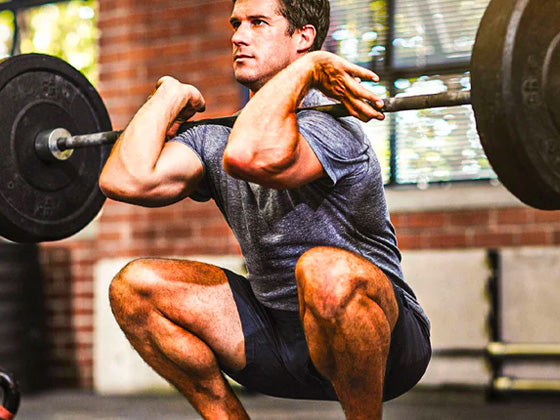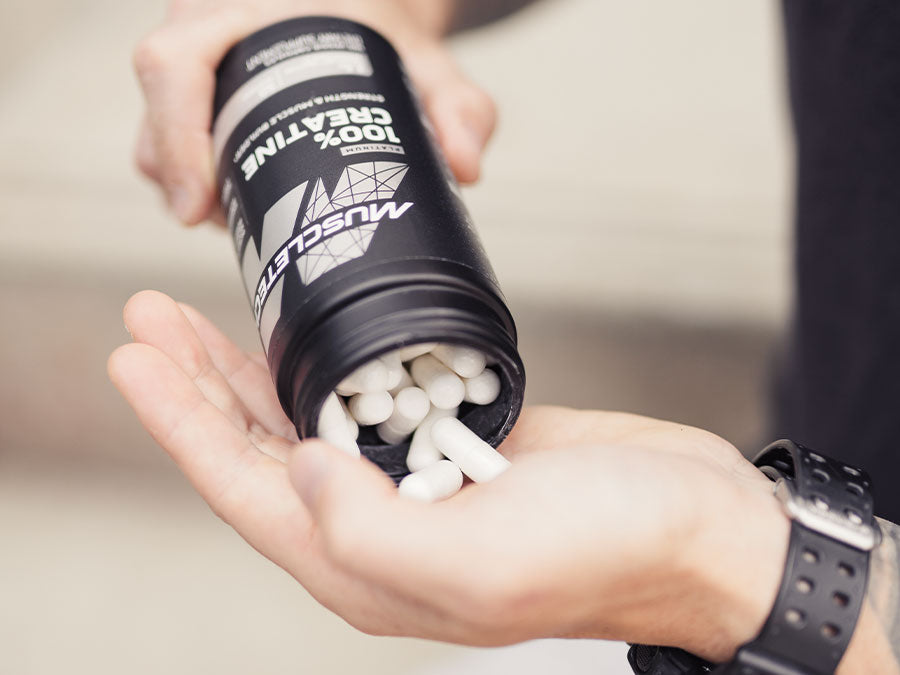While experts estimate that 8 out of 10 people will experience back pain at some point in their lives, the causes of back pain aren’t always so straightforward since the back is a complicated structure of bones, joints, ligaments, and muscles.
That said, repeated heavy lifting or a sudden awkward movement can strain back muscles and spinal ligaments. Pushing and pulling sports like weightlifting or football, as well as sports that require sudden twisting of the lower back such as tennis, basketball, baseball, and golf can all lead to lumbar strain, which is an injury to the lower back that results in damaged tendons and muscles that can spasm and feel sore.
Some factors that can increase the risk for this injury include excessive lower back curvature, forward-tilted pelvis, weak back or abdominal muscles, and tight hamstrings. Arthritis, poor posture, excess weight, and psychological stress can also cause or complicate back pain.
So, by improving your physical condition, as well as learning and practicing proper body mechanics, you might be able to avoid back pain or prevent its recurrence, especially since most back pain will gradually improve – usually within a few weeks – with home treatment and self-care.
Best Exercises To Build Strength In A Bad Back
Since low back pain is the most common pain reported in America, with 25% of U.S. adults reporting that they have low back pain in the last three months, it’s important for people to do exercises that strengthen their lower back.
Exercises that are designed specifically to strengthen the lower back can help alleviate and prevent back pain, while also strengthening core, leg, and arm muscles. Plus, research suggests that exercise increases blood flow to the lower back area, which may reduce stiffness and speed up the healing process.
So, here are five of the best exercises that strengthen the lower back and may help people manage lower back pain, as well.
5 Of The Best Exercises To Strengthen The Lower Back

1. Partial Crunches
Strong abdominal muscles play a significant role in supporting the spine, while weak abdominal muscles can result in poor core strength and a lack of stability, which can cause lower back pain. So, to build a strong core, and also to help keep your hips properly aligned, add partial crunches to your exercise routine.
To perform partial crunches, lie down on your back with your knees bent and your feet flat on the floor (about hip-width apart). Then cross your arms over your chest, or place your hands behind your neck. Tighten your abdominal muscles, elevate your shoulders off the floor, and exhale as you elevate your shoulders. Make sure not to lead with your arm joints or use your arms to draw your neck off the floor. Your neck should also be in line with your spine as you gently raise your head and shoulders off the ground. Hold for five seconds and then return to the starting position. Try to perform eight to 12 reps.
2. Pelvic Tilts
If you’ve been experiencing severe pain in your lower back, you may feel as if your entire pelvic area is unable to be moved. If that’s the case, pelvic tilts can help you start to bring some activity back to this area in a gentle way.
To do pelvic tilts, lie on your back with your knees bent and your feet flat on the floor. Flatten your back against the floor by tightening your abdominal muscles and bending your pelvis up slightly. You’ll feel your back pressing into the floor, and your hips and pelvis rocking back. Hold for up to 10 seconds while breathing in and out. Try to do eight to 12 reps.
Also Read: What Does Post Workout Mean?
3. Bird Dog
The bird dog exercise is a great way to train your core stability abdominal muscles and work on lower back stability. This exercise is also a safe option for people with back injuries.
To do the bird dog, start by getting on your hands and knees. Keep your spine straight with your hands directly below your shoulders and your knees aligned directly under your hips. Then slowly reach out with one arm, while extending the leg on the opposite side. Make sure to keep both your arm and the opposite leg straight and level as you do this. Hold for a few deep breaths, and then gently lower your arm and leg to the starting position. After you’ve done 10 to 15 repetitions on one side, repeat this exercise with your other arm and leg.
4. Wall Sits
The main purpose of wall sits is not to increase muscle mass, but rather to increase muscular endurance, which is one of the main things that people suffering with low back pain need to work on.
Wall sits allow you to experience the effect of a squat without causing stress to your lower back. So, you shouldn’t feel any pain in your knees or back while doing wall sits.
To do wall sits, stand with your back facing the wall at a distance of about 10 to 12 inches. Then lean back until your back is flat against the wall. Slowly slide down the wall until your knees are slightly bent, pressing your lower back into the wall. Hold for five to 10 seconds. Then carefully slide back up the wall. Try to do eight to 12 reps.

5. Glute Bridge Pulses
It’s a good idea to do glute bridge pulses after glute, thigh, and core moves because glute bridge pulses open up your hips and prevent any exercise-induced strain that results in lower back pain. So, toward the end of your workout, make sure to do some glute bridge pulses.
To do glute bridge pulses, lie down with your back against a mat, your knees bent, and your legs hip-width apart. Then contract your abs, press your heels into the floor, and squeeze your glutes as you slowly raise your hips. To avoid overarching your back, make sure not to press your hips too high. While holding the bridge, pulse it out, bringing your hips down and up, then your knees out and in. To return to the starting position, gently lower your body back down.
3 Of The Best Exercises For Middle and Upper Back Pain
1. Shoulder Blade Squeeze
A lot of times back pain develops due to the grind of our everyday lives. That’s because repetitive activities like sitting at a computer all day long while you work may produce tension and muscle tightness that results in back pain. One way to prevent this type of back pain is to improve your posture.
The shoulder blade squeeze is an easy exercise that you can even do during the course of your workday. Sit up straight in a chair with your hands resting on your thighs. While keeping your shoulders down and your chin level, slowly draw your shoulders back and squeeze your shoulder blades together. Hold for a count of five and then relax. You can repeat this exercise three or four times throughout the day, or as needed.
2. Corner Stretch
Upper back pain is often due to poor posture, which can be made worse by tight chest muscles. One of the best ways to get a deep stretch of the chest and shoulders is to do the corner stretch, which can help maintain good posture.
To do the corner stretch, start by facing the corner of a room. Then position your feet together about two feet or so away from the corner. Place a forearm on each wall with your elbows slightly below shoulder height. Lean forward until you feel a good stretch across your chest and shoulders. Your lower back should remain neutral during the stretch. Hold the stretch for 30 to 60 seconds. You can do this stretch a few times throughout the day.
3. Cat-Cow Pose
The cat-cow pose is a gentle stretch that can help ease the pain in your middle back.
To do the cat-cow pose, start on all fours with your wrists directly under your shoulders and your knees under your hips. If you feel any discomfort, you can rest your knees on a blanket. Next, spread your fingers wide and distribute your weight evenly throughout your hand. To avoid sending all of your weight into your wrists, press your palms and finger pads into the ground. Then inhale, while gently sending your pelvis upward and your heart forward – dipping your belly down and your face up. Exhale. Then arch your back like a cat, rounding your spine, tucking in your pelvis, and letting your head hang loose. Repeat this move five to seven times, allowing the stretch to deepen more and more each time.
Visit our Shop to Buy the Best Body Building Supplements
Read Our Top Read Content:
-
A-Z Guide to Bodybuilding for Beginners
-
The Best Bulking Diet for Skinny Guys
-
Creatine - Unleashing Power, Performance, and Safety










